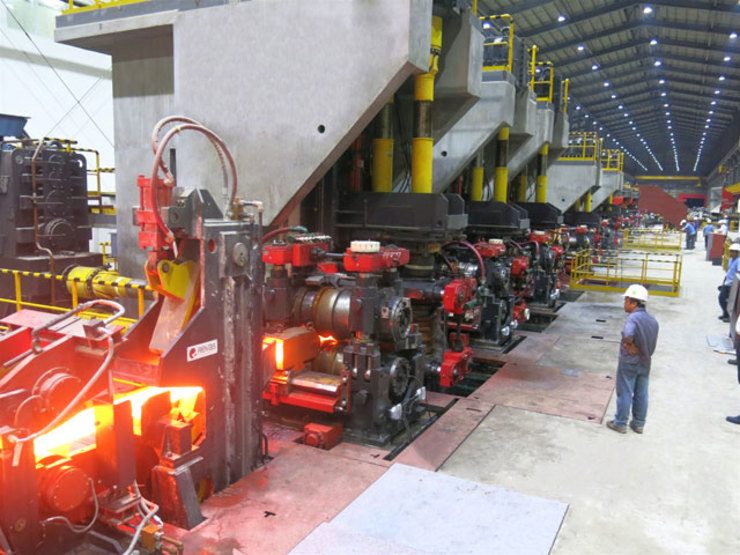SUMMARY
This is AI generated summarization, which may have errors. For context, always refer to the full article.

MANILA, Philippines – Philippine imports surged by 11.2% in February 2015 as higher payments were recorded in raw materials, and intermediate, capital and consumer goods, said the National Economic and Development Authority (NEDA).
This represents a significant rebound from a drop of 12.4% recorded in January imports.
Imports rose to $5.3 billion in February 2015 from $4.8 billion in the same month last year, based on a report from the Philippine Statistics Authority (PSA).
The increase, primarily from capital goods at 21.5 %, followed by raw materials and intermediate goods at 16.7 %, and consumer goods at 12.2 %, pulled merchandise imports up despite the drop in mineral fuels and lubricants.
“This good performance suggests robust economic activity in construction and manufacturing, and is likely reflective of upbeat domestic demand particularly in private consumption and investments. We expect this to remain favorable over the near term,” said General Rolando G. Tungpalan, NEDA Officer-in-Charge (OIC) and Deputy Director.
“If a similar trend in importation for the succeeding month continues, it will secure government’s expectation of a strong GDP growth for the year,” he added.
Conversely, the 18.7% contraction from mineral fuels and lubricants in February marks its fourth consecutive drop. From $819.6 million in February 2014, it went down to $666.7 million in the same period this year.
Tungpalan said that this current oil price trend should be seen as favorable and a good opportunity for businesses to expand investments.
“The persistent low oil price will further boost importation of petroleum crude and other mineral fuels for the succeeding period, which bodes well for the industry sector,” he said.
The Philippines also appears to have bucked the downward trend of the merchandise imports of most Asian economies which, Tungpalan said, can be attributed to a strong consumer base and improved employment opportunities.
China remains the country’s top (16.3%) source of imported goods.
It was followed by United States of America (10.7 %), Taiwan (8.4%), Singapore (8.2%), Japan (7.6%), Germany (6.7%), Thailand (6.4%), South Korea (6.3%), Malaysia (4.6%) and Indonesia (4.2%).
Tungpalan is currently in charge of NEDA while Economic Planning Secretary Arsenio Balisacan is on official travel in Malaysia from April 26-28 for the ASEAN Summit. – Rappler.com
Add a comment
How does this make you feel?
There are no comments yet. Add your comment to start the conversation.